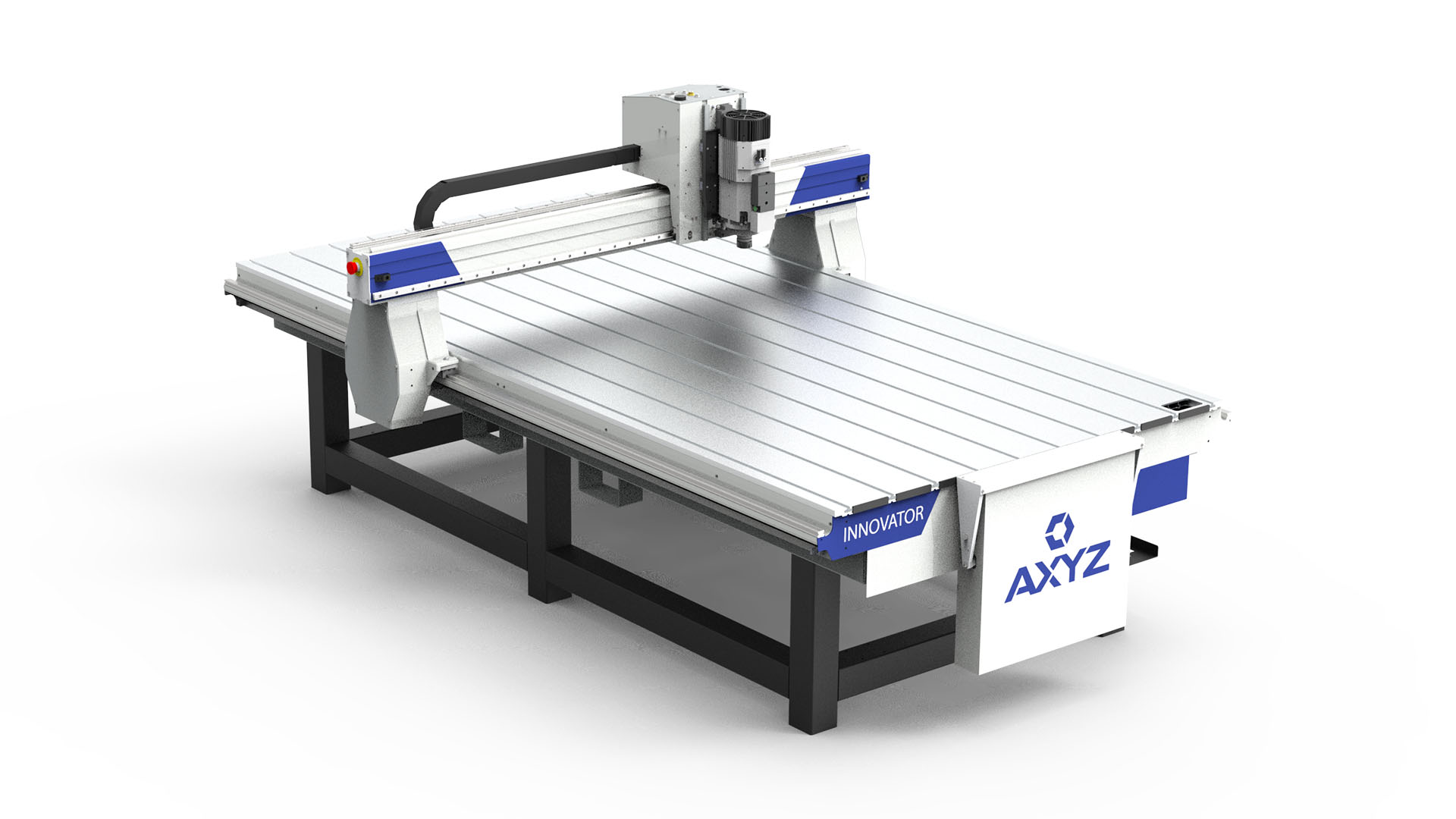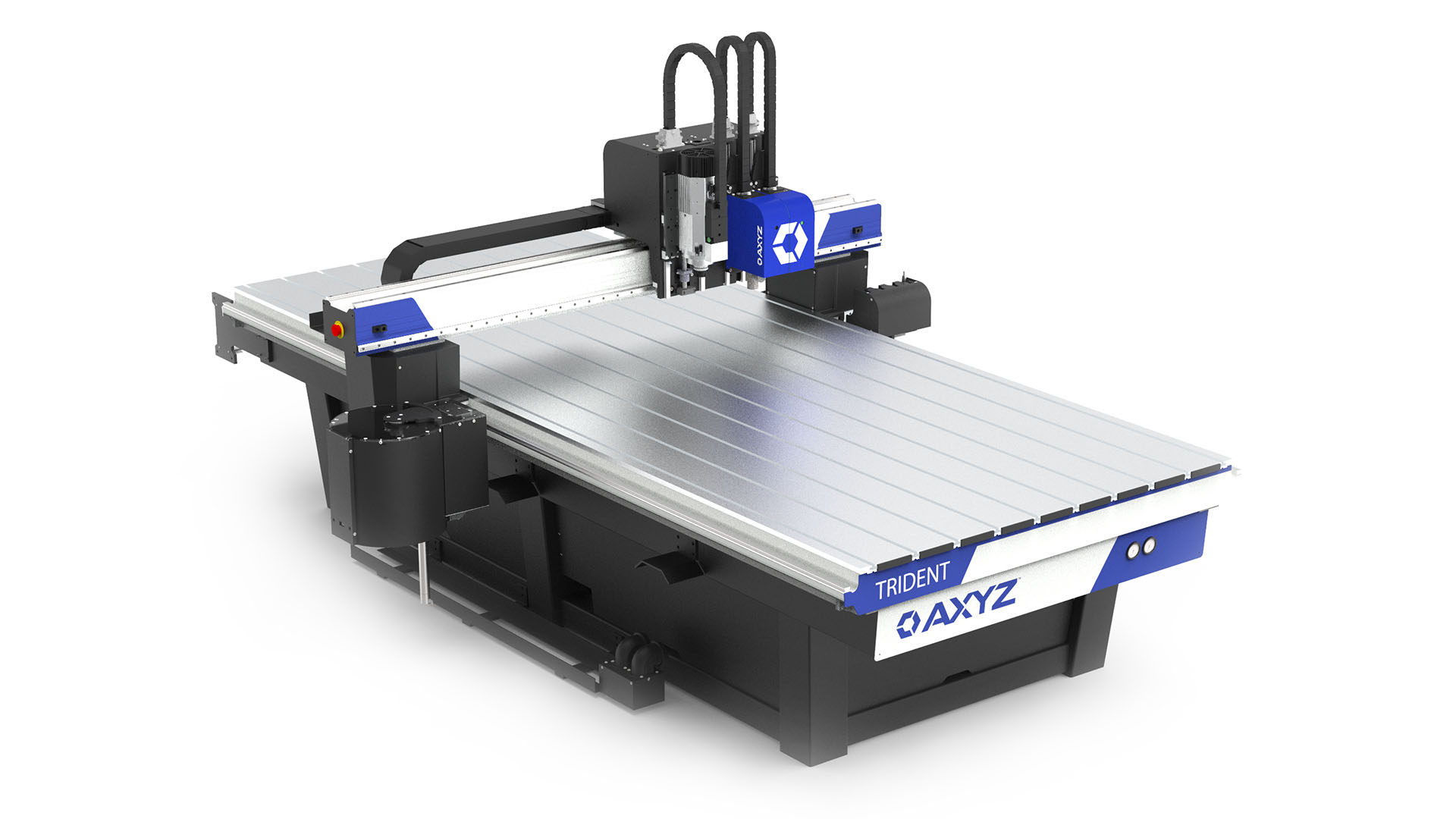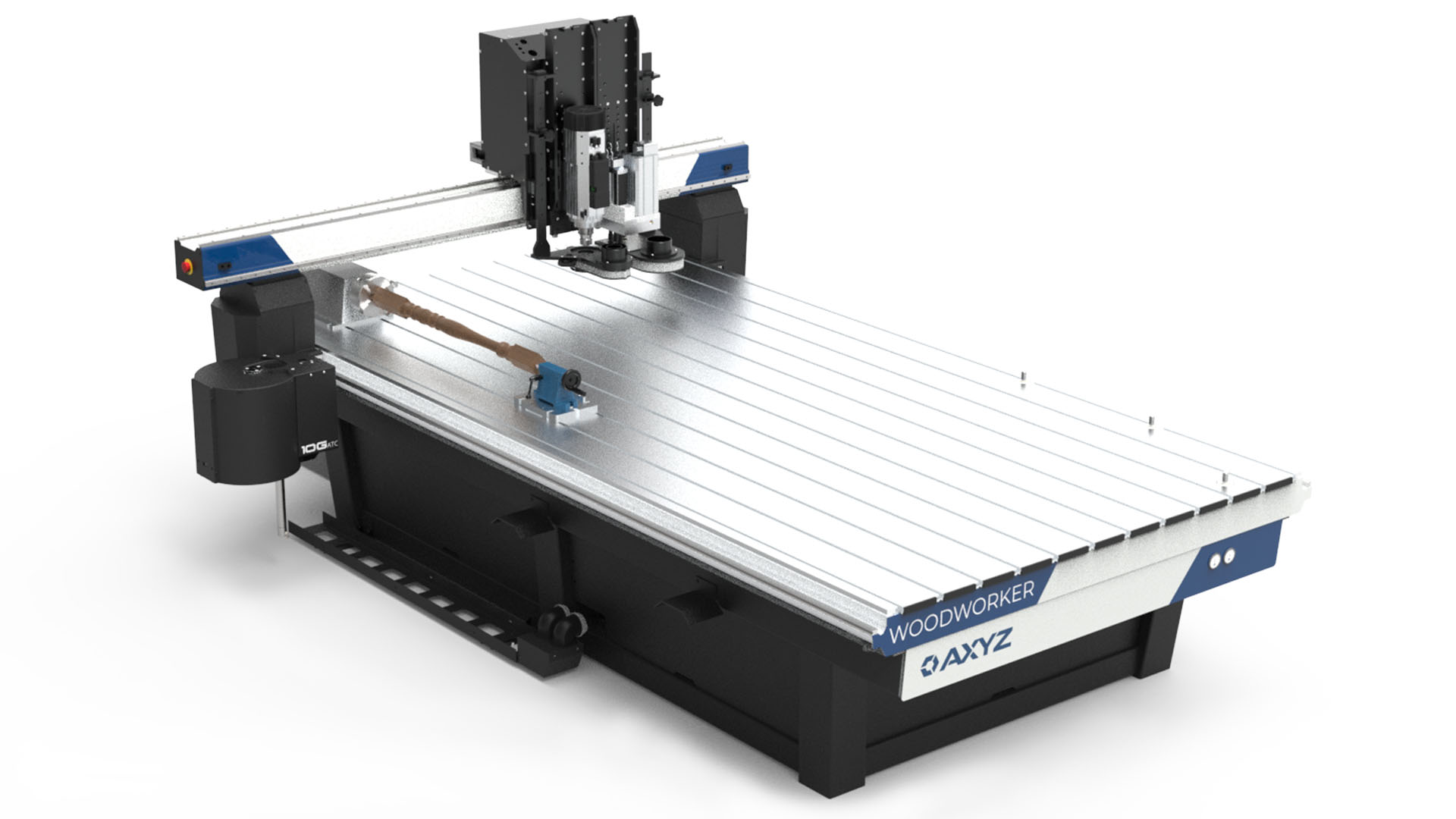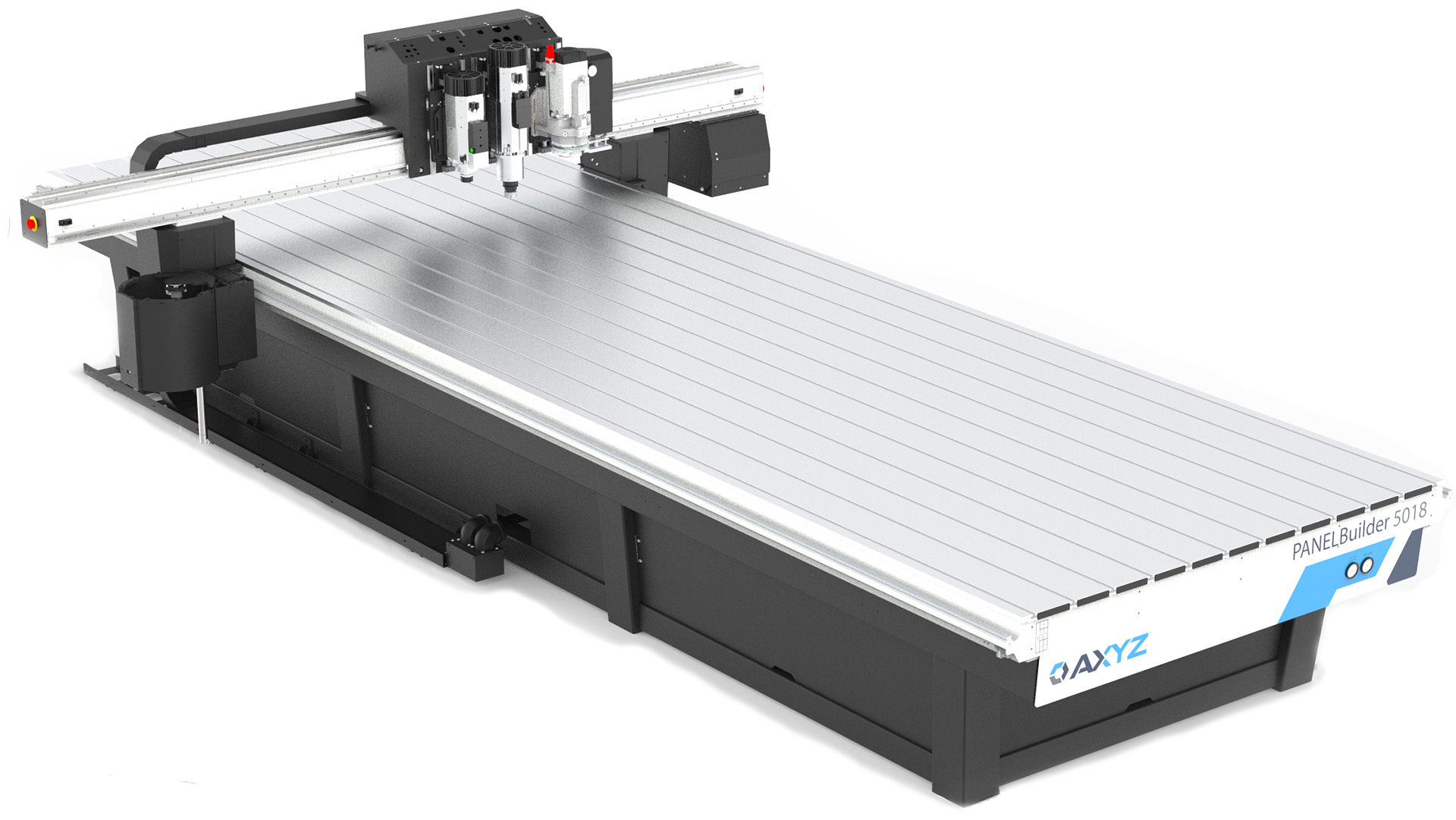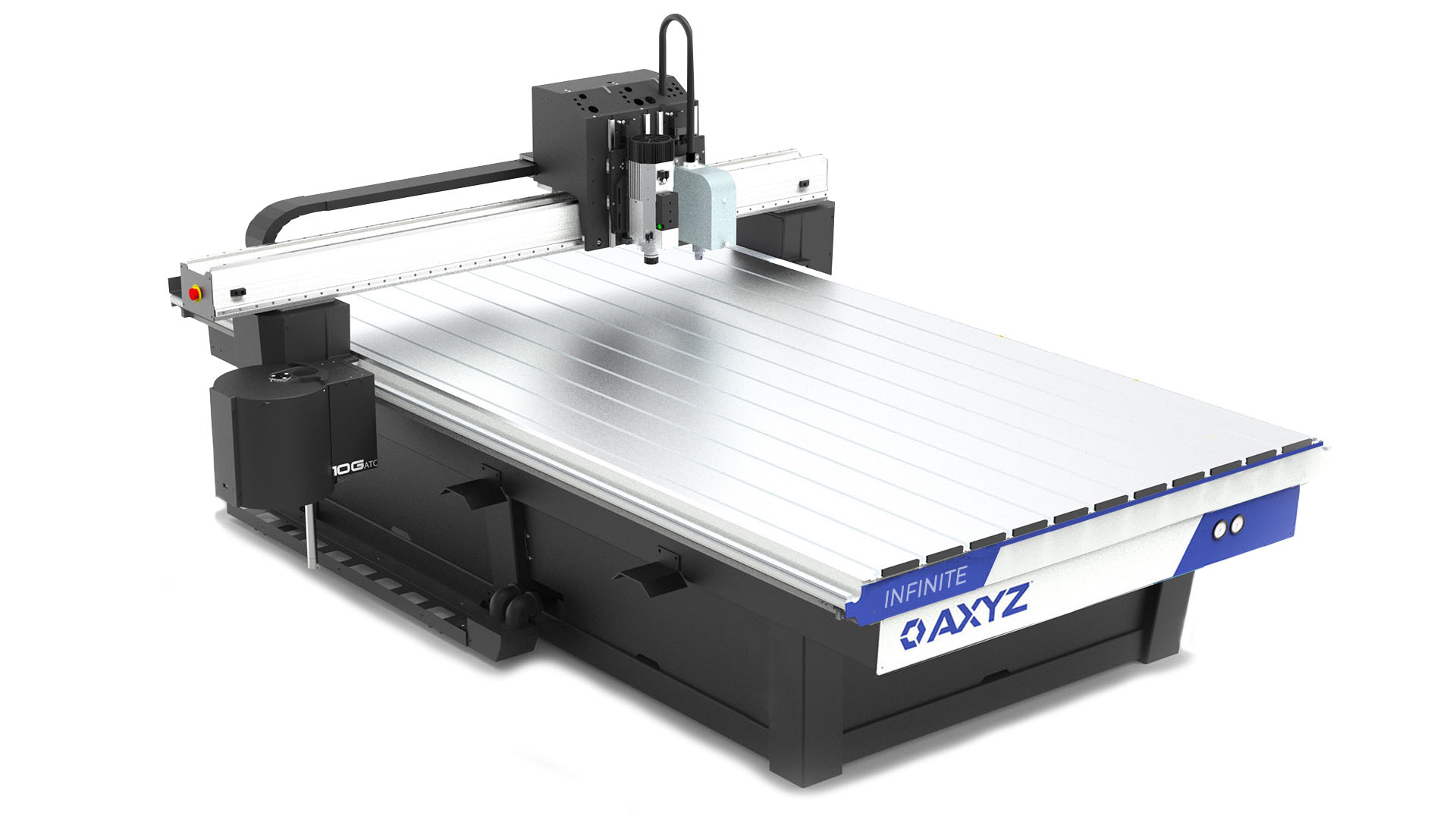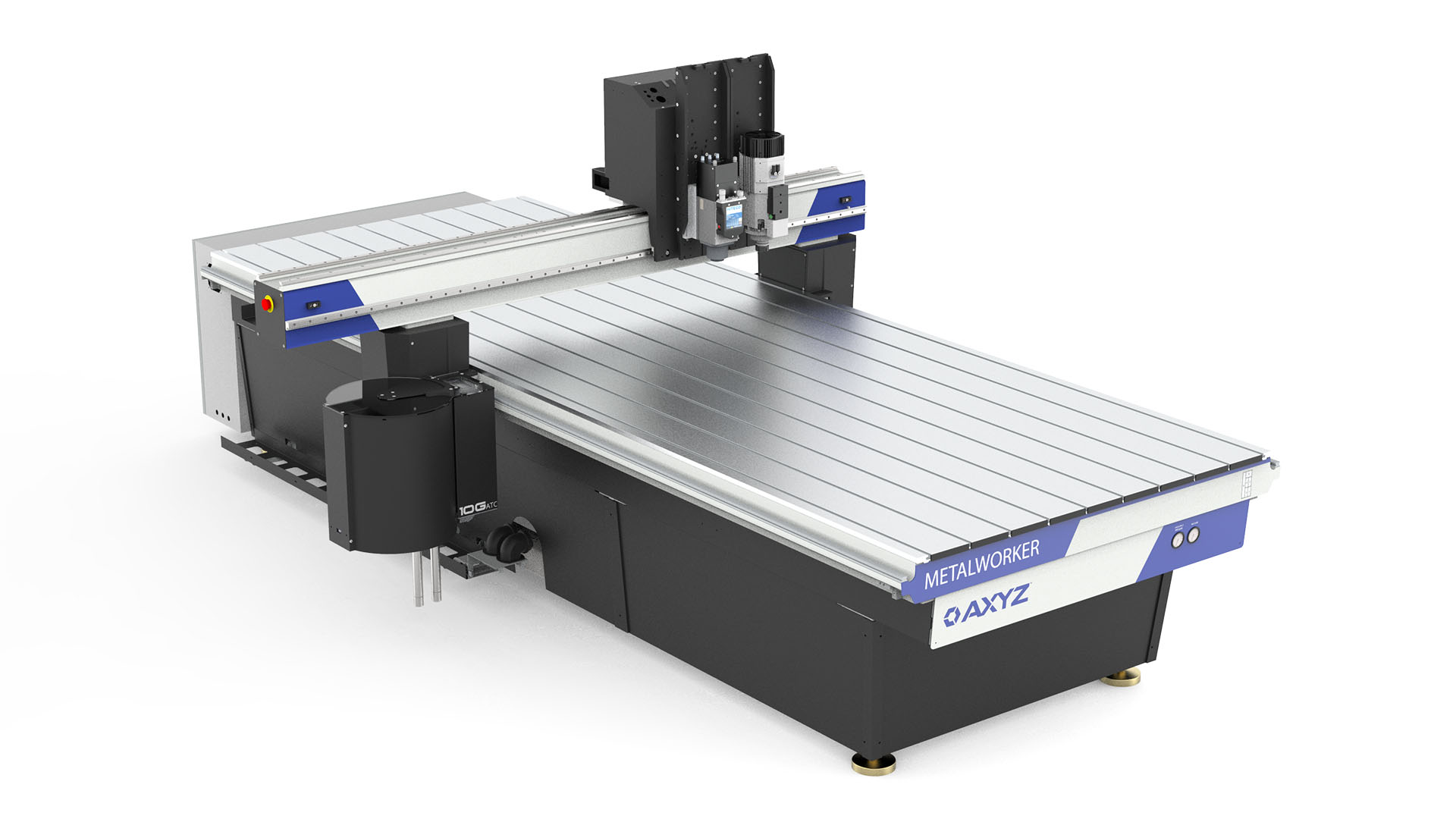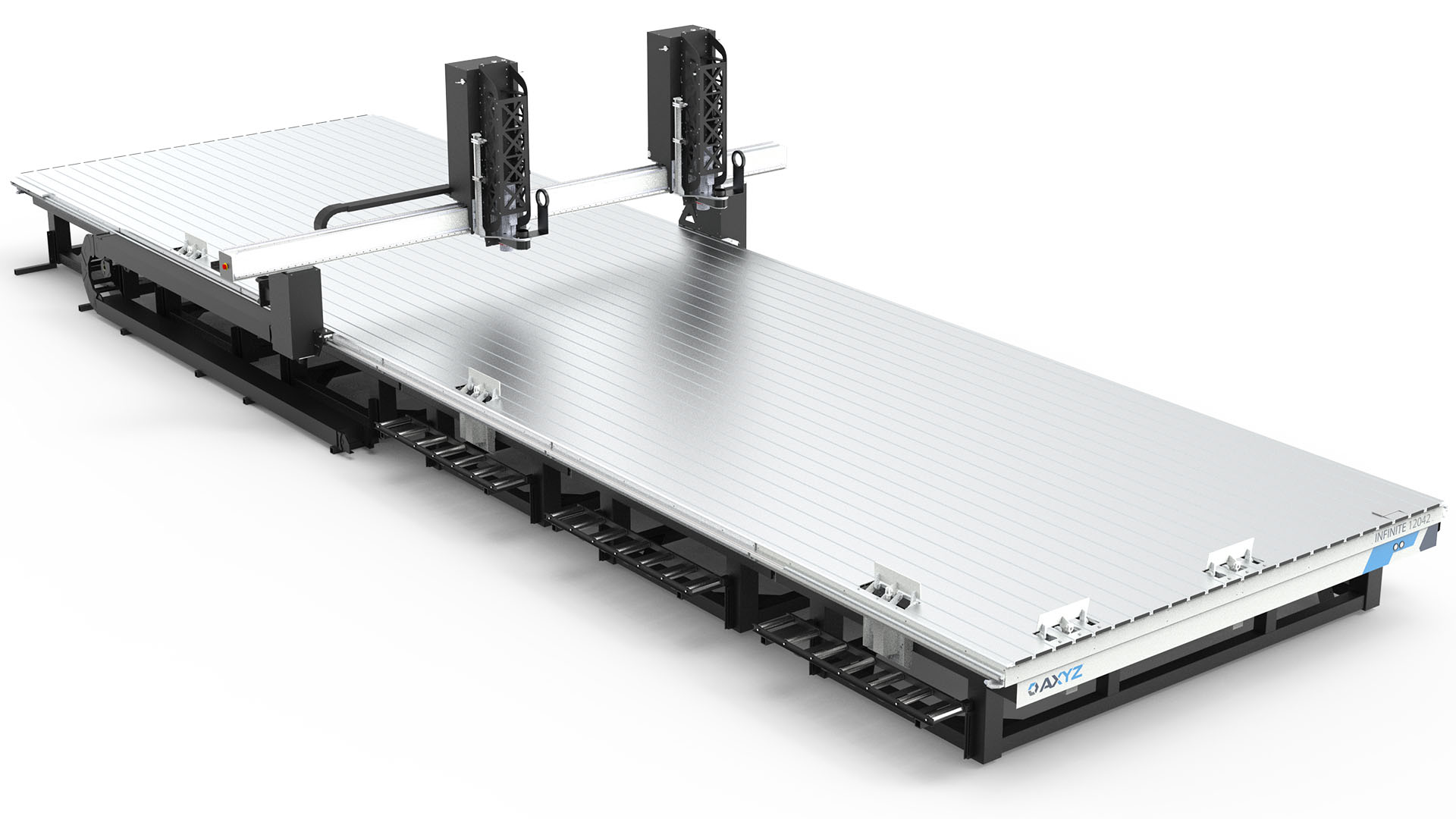Of course the notion of a ‘small’ part depends entirely on the type of job and material you are processing. However, by rule of thumb, any part smaller than the palm of your hand should be considered ‘small’.
This blog discusses the best conditions in which to cut small parts, and provides alternative methods if your setup doesn’t quite fit the bill.
How to set up your CNC router
When processing small parts there will inevitably be very little vacuum hold. This may particularly be a problem at the end of the cut cycle as the part is likely to move.
There are several reasons why a part may move on the bed during the cutting process. Here are a few examples:
- Poor vacuum due to the condition of the sacrificial bed. If there are too many previous cut lines your machine will experience vacuum leakage, resulting in weak hold down
- Too many open zones. Ideally you will only have zones open over the area of your machine you plan on processing material.
- Material thickness. When you are processing the last few millimetres of the cut line there may be too much radial force on the part. This will invariably drag the part towards the tool, damaging both in the process. If the material is thick (10mm or above) then this will increase the chance of the part moving.
- Swarf or chips. Any debris between your material and the sacrificial bed will create an uneven surface and allow vacuum leakage, reducing your hold down.
In order to avoid movement you should follow these steps:
- Replace or skim your sacrificial bed.
- Close any redundant vacuum zones and cover any exposed areas in the required zone. This will concentrate your vacuum directly on the part that requires cutting.
- Ensure the surface of the sacrificial bed is clean and free of debris. Any chips will stop a strong vacuum being made under the material.
What is the best way to process my material?
There are several ways to prevent small parts from moving. Here are a selection of methods;
Ramp into the material. Rather than a making a direct plunge movement, drive into your part as you plunge the tool, leaving a ‘ramp’ like start to the cutting process. When the tool is near the end of the cutting process, the tool will meet the surface of the part cut away during the ramping process.
Use a finishing pass. This process requires you to cut the majority of the material leaving approximately 1/125” (0.2mm) around the part and 1/50” (0.5mm) on the base of your chosen material. You complete the processing by processing the rest of the material. This process reduces the amount of force being applied to the part.
Tabbing. These are small uncut sections of the material attaching the part to the waste material. This method is widely supported by most software and is a well proven method of holding the part in place. However, this requires further work after processing your material.
In addition, selecting both the correct pressure foot and donut will aid your cause.
Use this blog as a guide, follow the steps and test out the best cutting process for your chosen material and machine set up.
Author: Ged Lodge is an Applications Specialist for AXYZ, a global manufacturer of CNC router and knife systems. Ged has over 10 years’ experience with AXYZ and over 25 years’ experience with CNC routers.

